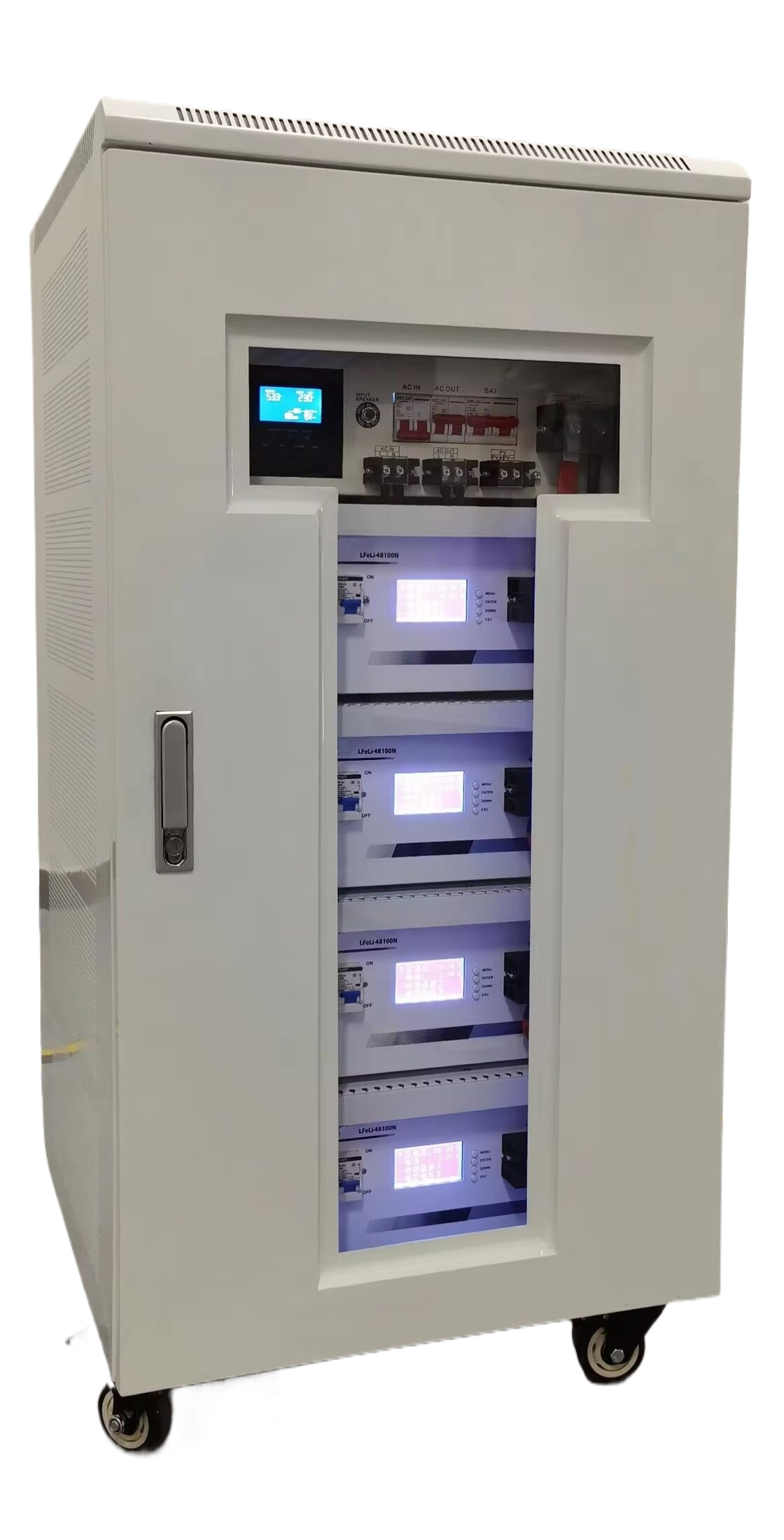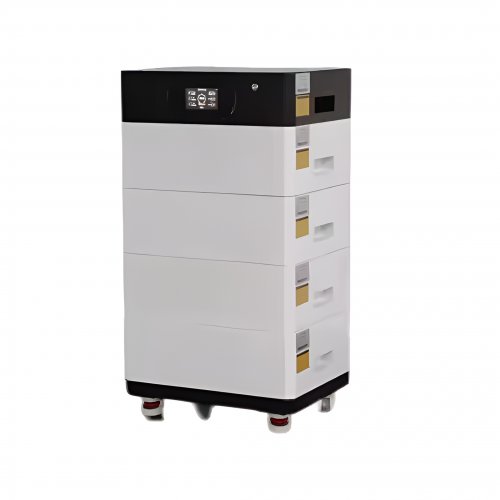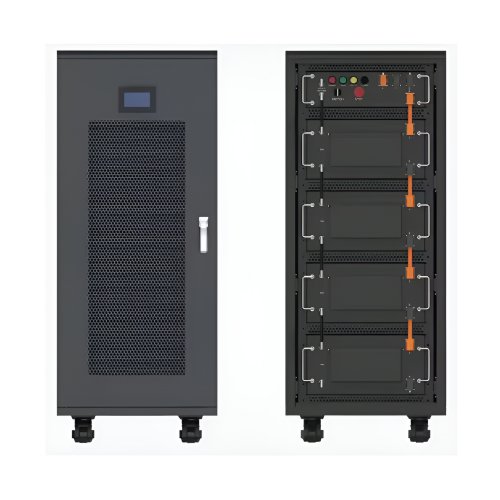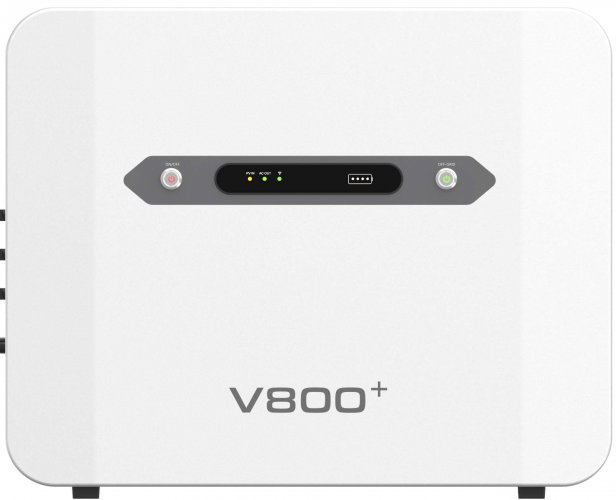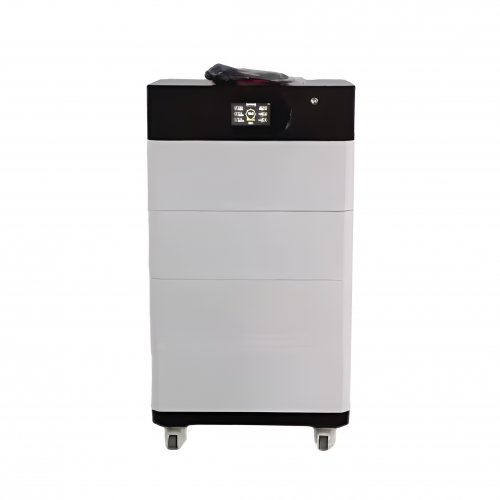Advances In Cycle Life: Extending The Longevity Of Energy Storage Systems
The relentless pursuit of sustainable energy solutions has placed energy storage systems, particularly rechargeable batteries, at the forefront of scientific and industrial innovation. Central to their economic viability, environmental impact, and performance reliability is the concept of cycle life—the number of complete charge-discharge cycles a device can undergo before its capacity degrades below a specified threshold (typically 80% of its initial capacity). Recent years have witnessed remarkable progress in understanding degradation mechanisms and developing strategies to enhance cycle life across various battery chemistries, supercapacitors, and even fuel cells.
Unveiling and Mitigating Degradation Mechanisms
A significant portion of recent research has been dedicated to deepening the fundamental understanding of failure modes. For lithium-ion batteries (LIBs), which dominate consumer electronics and electric vehicles (EVs), degradation is multifaceted. Key issues include cathode structural instability (e.g., phase transitions in NMC materials), anode pulverization and solid-electrolyte interphase (SEI) growth, and electrolyte decomposition.
A major breakthrough in extending LIB cycle life has been the development of ultra-stable cathode materials. Researchers at the University of Texas at Austin demonstrated a novel cathode architecture for NMC (Lithium Nickel Manganese Cobalt Oxide) materials, where the particles are engineered with a gradient concentration of nickel, creating a stable outer layer that mitigates crack propagation and surface reactivity with the electrolyte. This design has shown the capability to retain over 90% capacity after 1,000 cycles under high-voltage operation (4.4 V) [1]. Concurrently, the adoption of silicon (Si) and silicon-oxygen (SiO) anodes, which offer vastly higher capacity than graphite, has been hampered by severe volume expansion (>300%). A promising solution involves the design of 3D porous Si structures or Si-carbon composites with tailored void spaces. A 2023 study published inNature Energyshowcased a yolk-shell structured Si anode where the silicon nanoparticle is encapsulated within a hollow carbon shell, allowing for expansion without rupture. This design achieved a cycle life exceeding 1,000 cycles with minimal capacity fade [2].
Beyond materials engineering, the electrolyte formulation has emerged as a critical lever. The shift from traditional liquid electrolytes to advanced formulations—such as highly concentrated electrolytes (HCEs) and localized high-concentration electrolytes (LHCEs)—has proven highly effective. These electrolytes promote the formation of a more robust and inorganic-rich SEI on the anode and a cathode-electrolyte interphase (CEI) on the cathode, simultaneously suppressing lithium dendrite growth and transition metal dissolution. For instance, the work of Chen et al. on an LHCE for lithium metal batteries demonstrated stable cycling for over 600 cycles at high Coulombic efficiency, a previously unattainable milestone [3].
The Rise of Solid-State and Post-Lithium Technologies
The quest for enhanced safety and energy density has propelled solid-state batteries (SSBs) into the spotlight. While offering inherent safety benefits, their cycle life has historically been limited by the growth of lithium dendrites through ceramic electrolytes and poor interfacial contact. Recent technological breakthroughs have addressed these challenges. The introduction of compliant interfacial layers, such as a soft polymer interlayer between a Li metal anode and a rigid sulfide solid electrolyte, has been shown to homogenize lithium plating/stripping and prevent dendrite penetration. Companies like Solid Power have reported all-solid-state pouch cells achieving over 1,000 cycles.
For large-scale grid storage, where cost and longevity are paramount over energy density, sodium-ion and potassium-ion batteries are gaining traction. Their abundance and similar chemistry to LIBs allow for rapid development. Recent advancements in Prussian blue analogue cathodes and hard carbon anodes for sodium-ion systems have demonstrated cycle lives exceeding 5,000 cycles, making them a formidable candidate for stationary storage applications [4].
Advanced Characterization and AI-Driven Prognostics
Enhancing cycle life is not solely a materials science problem; it is also an data analytics challenge. The integration of operando and in-situ characterization techniques, such as transmission X-ray microscopy (TXM) and scanning electron microscopy (SEM), allows scientists to observe degradation phenomena like crack formation in real-time. This provides invaluable feedback for materials design.
Furthermore, the application of artificial intelligence (AI) and machine learning (ML) is revolutionizing battery management systems (BMS). By training algorithms on vast datasets of cycling data, researchers can now predict a battery's remaining useful life (RUL) and identify early signs of failure. A study from Stanford University utilized a deep learning model to analyze voltage profiles over just the first 100 cycles, accurately predicting the cycle life of cells hundreds of cycles in advance [5]. This enables proactive management strategies to gently cycle cells predicted to have shorter lifespans, thereby extending the operational life of entire battery packs.
Future Outlook
The future of cycle life research is intrinsically multi-disciplinary. Several key directions are poised to define the next decade:
1. Multi-scale Modeling: Coupling AI with physics-based models will create digital twins of batteries, enabling virtual testing of new chemistries and cycling protocols to accelerate R&D. 2. Self-Healing Materials: The development of polymers and electrolytes with intrinsic self-healing properties could autonomously repair micro-cracks and SEI damage during cycling, representing a paradigm shift in longevity. 3. Circular Economy Integration: Research will increasingly focus on designing batteries not only for long first lives but also for easy disassembly and direct regeneration of cathode materials, creating a closed-loop lifecycle that drastically extends the cumulative cycle life of the constituent materials.
In conclusion, the advances in extending cycle life are a testament to the power of fundamental science guiding applied engineering. From atomic-scale interface engineering to system-level AI management, the collective progress is paving the way for energy storage devices that last longer, perform better, and ultimately enable a more sustainable energy future.
References
[1] Li, W., et al. (2022). "Gradient-Layered Cathode Architecture for High-Energy and Long-Cycling Lithium-Ion Batteries."Advanced Materials, 34(15), 2106250. [2] Liu, N., et al. (2023). "A Yolk-Shell Structured Silicon Anode with Superior Conductivity and High Tap Density for Long-Life Lithium-Ion Batteries."Nature Energy, 8, 84-93. [3] Chen, S., et al. (2022). "High-Efficiency Lithium Metal Batteries Enabled by Localized High-Concentration Electrolytes with Multifunctional Additives."Joule, 6(4), 850-862. [4] Hwang, J.-Y., et al. (2021). "Prussian Blue Analogues for Sodium-Ion Batteries: Past, Present, and Future."Advanced Materials, 33(47), 2003760. [5] Severson, K. A., et al. (2019). "Data-driven prediction of battery cycle life before capacity degradation."Nature Energy, 4, 383–391.
Customized/OEM/ODM Service
HomSolar Supports Lifepo4 battery pack customization/OEM/ODM service, welcome to contact us and tell us your needs.


HomSolar: Your One-stop LiFePO4 Battery Pack & ESS Solution Manufacturer
Our line of LiFePO4 (LFP) batteries offer a solution to demanding applications that require a lighter weight, longer life, and higher capacity battery. Features include advanced battery management systems (BMS), Bluetooth® communication and active intelligent monitoring.

Customised Lithium Iron Phosphate Battery Casing
ABS plastic housing, aluminium housing, stainless steel housing and iron housing are available, and can also be designed and customised according to your needs.

HomSolar Smart BMS
Intelligent Battery Management System for HomSolar Energy Storage System. Bluetooth, temperature sensor, LCD display, CAN interface, UART interface also available.


Terminals & Plugs Can Be Customized
A wide range of terminals and plugs can be customised to suit the application needs of your battery products.

Well-designed Solutions for Energy Storage Systems
We will design the perfect energy storage system solution according to your needs, so that you can easily solve the specific industry applications of battery products.



About Our Battery Cells
Our energy storage system products use brand new grade A LiFePO4 cells with a battery lifespan of more than 4,000 charge/discharge cycles.



Applications in Different Industries
We supply customized & OEM battery pack, assemble cells with wiring, fuse and plastic cover, all the cell wires connected to PCB plug or built BMS.
Applications: E-bike, Electric Scooter, Golf Carts, RV, Electric Wheelchair, Electric Tools, Robot Cleaner, Robot Sweeper, Solar Energy Storage System, Emergency Light, Solar Power Light, Medical Equipment, UPS Backup Power Supply.
We can provide you with customized services. We have the ability to provide a vertical supply chain, from single cells to pack/module and to a complete power solution with BMS, etc.


HomSolar (Shenzhen) Technology Co., Ltd







